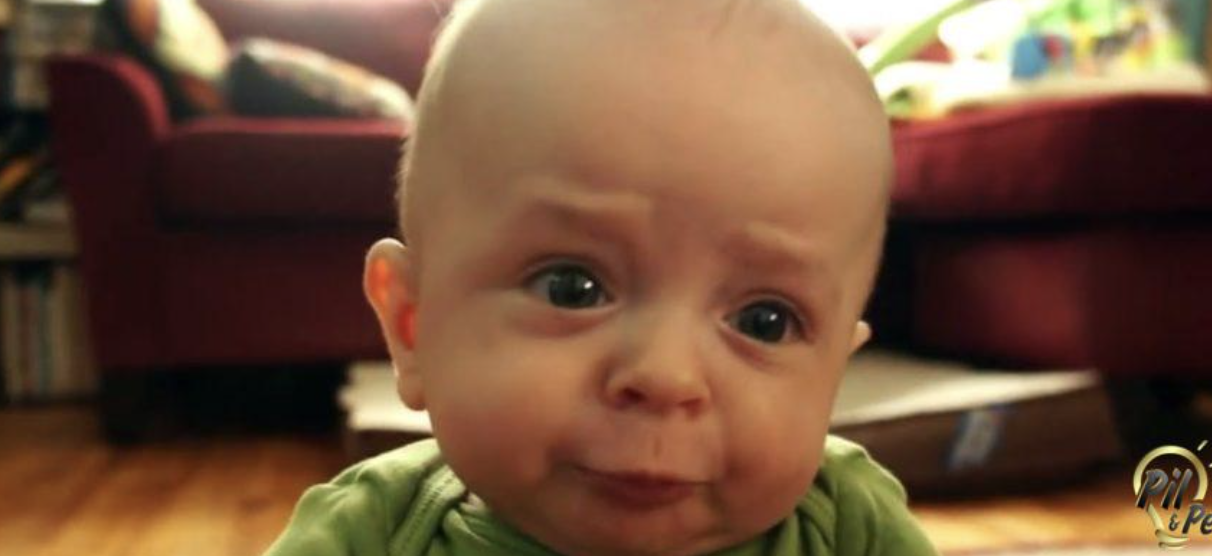It’s simple for unexperienced parents to get stressed when they see an infant’s odd shaking developments, from shudder jawlines to shudder hands and quakes to jerky hand and leg motions. Much of the time, these additional developments are entirely typical and innocuous, and by and large your child will grow out of them.
In any case, babies can have seizures, so understanding the distinction between a typical baby’s shudder and a more major problem is significant. Here, we’ll take a gander at a few normal reasons for baby’s shaking and how to know when to stress. Various pieces of the body will generally jerk at various transformative phases. For instance, during the neonatal period (the initial 28 days of life), jerking of the head and appendages gets ready babies to hold their head, while jerking of the wrists and fingers in more seasoned children might be essential for fine engine improvement.

In babies, the pathways that convey signals from the mind to parts of the body are not yet completely created, which causes jerky and jerky developments. As the child’s sensory system develops, these developments become smoother. On the off chance that a baby is out of nowhere shocked by a noisy commotion or other natural boost, you could see a compulsory development in which the baby broadens their arms, legs, and fingers and curves their back for a couple of moments. This is known as the Moro reflex , or frighten reflex, and is normal up until the ages of 3 to a half year.